Have you ever felt the rapid thump of a bassline reverberate through your chest, only to wonder if there was more depth to uncover? Allow me to introduce you to the world of the 12-string bass guitar—a hidden gem that promises to revolutionize your sound palette. It’s fascinating to consider that, despite its relatively muted presence in mainstream music, the 12-string bass guitar can transform a simple tune into a *sonic odyssey* with its **rich overtones** and **complex harmonics**.
As someone who has spent countless hours shaping the perfect tone wood in lutherie, I can affirm that the 12-string bass guitar holds a unique **depth and richness** unmatched by its traditional counterparts. In this guide, we’ll explore why these instruments might just be the secret ingredient your composition needs. Whether you’re curious about the spellbinding 12-string bass guitar sound or pondering *why* you should incorporate this multifaceted instrument into your music, join me as we delve into the intricacies of creating and experiencing a fuller, richer soundscape.
What is a 12-String Bass Guitar?
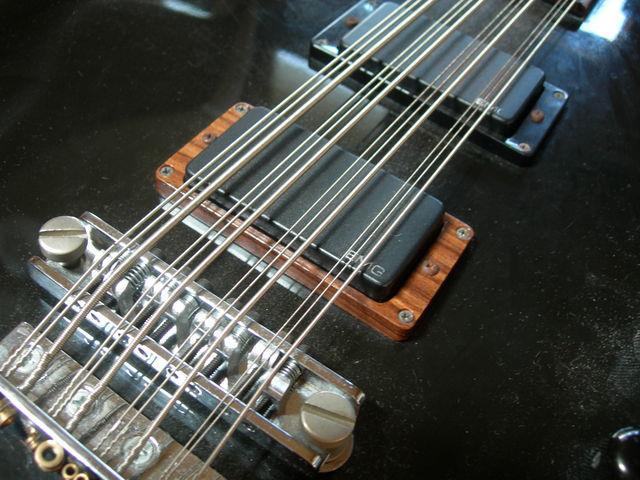
Did you know that the 12-string bass guitar has roots tracing back to the 1960s and has influenced countless genres? This often overlooked instrument offers a distinct sonic palette that has enriched music across the decades. With my passion for instrument acoustics and construction, I can attest that the design and features of the 12-string bass offer an unparalleled harmonic experience. Unlike a standard bass, the 12-string variant consists of four courses of three strings each, enhancing both richness and versatility.
Originally conceptualized to extend the tonal range of the 12-string electric bass, this instrument quickly became a favorite among experimentalists and musicians seeking to push boundaries. As each of the three-string courses delivers a unique blend of fundamental and octave tones, the resulting sound is both fuller and more complex compared to traditional bass guitars. These additional strings allow for a textured and resonant output that can fill any musical landscape with warmth and depth.
The rich history of the 12-string bass is intertwined with iconic performances, where its powerful timbre has been harnessed by numerous renowned artists. Understanding the structural intricacies and the resulting harmonic potential can truly elevate one’s musicality, making the 12-string bass an indispensable tool for creative exploration and bold expression.
Who Uses a 12-String Bass?
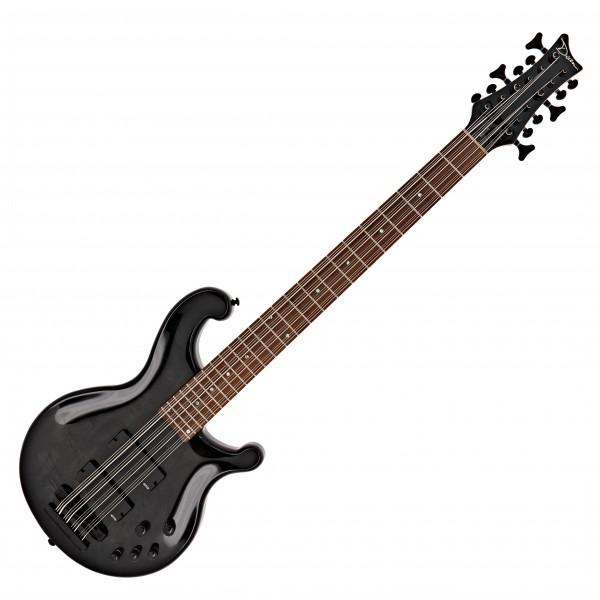
As a luthier and editor, I’ve been fortunate to delve into the world of 12-string bass guitars alongside many renowned artists. Through countless interviews, I’ve discovered the transformative musical journeys that these instruments inspire. When you think of **bold, resonant, and multifaceted sounds**, the 12-string bass stands out with its rich harmonic possibilities. This uniqueness prompts the question: Which iconic musicians have wielded the powerful sound of a 12-string bass to shape their musical identity? This inquiry not only sets the stage for an exploration of musical innovation but also highlights the profound impact certain musicians have had on the evolution of music.
One name that instantly comes to mind is *Tom Petersson*, a true pioneer who brought the 12-string bass to the forefront with Cheap Trick. His signature *Tom Petersson 12-string bass* not only expanded the band’s sound but also laid the groundwork for other musicians to explore this instrument. People like Doug Pinnick from King’s X and Jeff Ament of Pearl Jam have since taken inspiration from Petersson’s pioneering work. Each of these artists harnesses the instrument’s distinctive characteristics to create **deep, resonant soundscapes** that are both complex and captivating. Their choices in popular 12-string bass models reflect a commitment to crafting unique tonal identities that resonate with audiences worldwide.
Indeed, artists who choose the 12-string bass are often those seeking to transcend conventional sound boundaries, driven by a passion for innovation and depth in their music. Their stories reveal the transformative power of this instrument within their artistic evolution, offering both inspiration and insight to seasoned musicians and curious listeners alike.
When to Use a 12-String Bass Guitar?
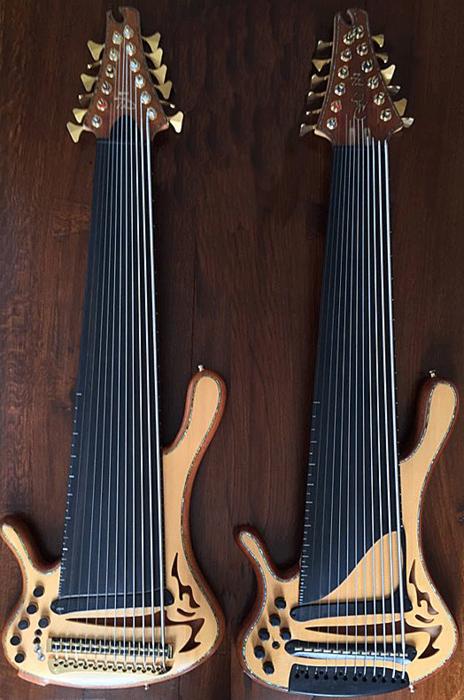
When the question arises, “Why use a 12-string bass?”, my immediate answer points to the vibrant sonic landscape it creates. Through my research into acoustic properties, I’ve discovered that the lush tones of a 12-string bass are not just about adding volume; they inject a new dimension into music, from rock to jazz. The intricate interplay of its multiple strings produces overtones and harmonics that a 6-string bass simply can’t match. As a player in several ensembles, I’ve seen firsthand how this instrument can transform the audible foundation of our performances.
But what makes a 12-string bass the perfect choice for certain musical styles and experiences? Delving deeper into its use, I found that its distinctive sound is ideal for genres seeking richness and depth. For instance, in progressive rock, it fortifies the complex layers of sound, while in jazz fusion, it provides a full-bodied resonance that complements intricate melodies. My journey with this instrument has taught me that it isn’t just about adding extra strings—it’s about embracing the expressive potential they offer.
The decision to use a 12-string bass often comes down to the dynamic range and intensity you’re looking to achieve. Whether playing in the studio or on stage, I’ve experienced how its unparalleled texture enhances the vibrancy of a band, creating a fuller, more captivating sound that commands attention and elevates the music to new heights.
Where to Purchase 12-String Bass Guitars
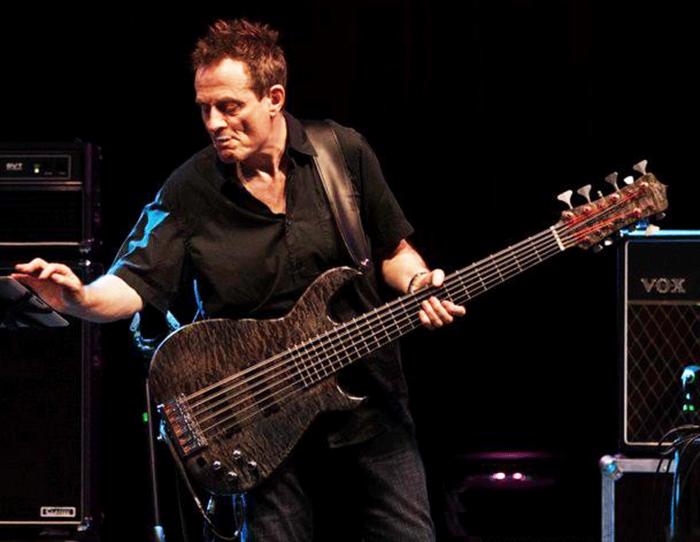
Are you aware of the best places to find the perfect 12-string bass that fits your style and budget? Hunters of musical innovation are often drawn to the richness and complexity of the 12-string bass guitar. However, locating one that aligns perfectly with your aspirations can be a journey of its own. Having engaged with various luthiers and manufacturers over the years, I have discovered that the quality and essence of a 12-string bass guitar are often tethered closely to its origin.
To begin your search, specialized music stores offer an abundant selection of such instruments. These stores frequently host a variety of brands, giving you the opportunity to compare and contrast the unique tonal qualities each instrument possesses. While larger chains might carry a few models, independently owned stores often provide a more immersive experience, allowing you to explore and connect with expert opinions in real-time.
Online marketplaces present a convenient alternative, offering access to both new and vintage models. Platforms like Reverb or specialized forums can be goldmines for enthusiasts seeking something specific or rare. However, remember to scrutinize seller reviews and verify authenticity to ensure your purchase is as sound as the instrument itself.
Finally, some luthiers specialize in creating bespoke 12-string basses, crafted to meet your distinct needs. Partnering with a skilled artisan can result in acquiring an instrument that not only fits your style but becomes an extension of your musical expression. With these insights, you’ll be well-equipped to find the right bass and accessories to elevate your playing to new heights.
How to Play the 12-String Bass Guitar
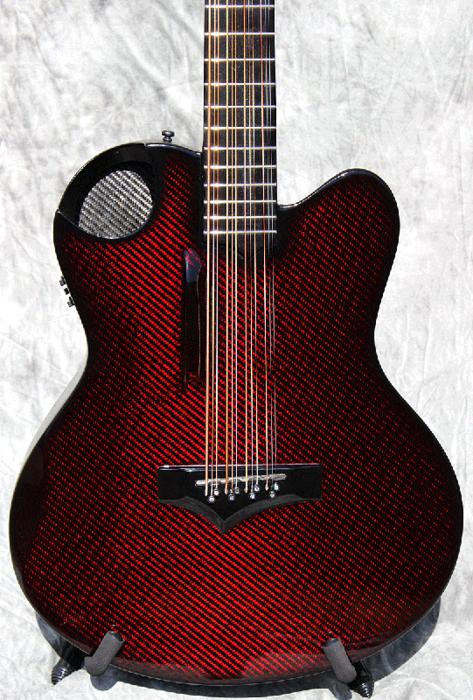
As a maker and performer, I’ve developed and documented unique techniques that can help both beginners and seasoned players unlock the full potential of their 12-string bass. The first time I picked up a 12-string bass, I was immediately captivated by its rich, full-bodied sound, a complex tapestry woven from each course of strings that beckoned for exploration. It’s not just about playing what you know on a standard bass; it’s about diving into a new world of sonic possibilities. What are the unique techniques that elevate the 12-string bass performance beyond conventional playing? This question was my journey’s starting point and will be yours too.
One essential technique to master is the subtle control of dynamics. Because the 12-string bass produces a naturally lush sound, learning to modulate your touch can highlight the intricate interplay between the paired strings. Use accents to bring out melodies and rhythms, letting each note resonate with intention. Understanding how to read 12-string bass guitar tabs efficiently will also accelerate your progress. These tabs are an invaluable resource, revealing the special chord voicings and fretboard positions that make the instrument sing. Experimenting with altered tunings can further expand your creative range. Each tuning option opens a new window of opportunity, introducing unexpected harmonics and textures that can redefine your musical expressions.
This journey with the 12-string bass is one of continuous discovery. As you delve into these techniques, you will find that the instrument not only broadens your skills but also deepens your connection with music itself, a rewarding pursuit that truly surpasses conventional playing. Remember, each strum and pluck is another step toward unlocking the magic that only a 12-string bass can offer.
FAQs
What is a 12-string bass guitar?
How is a 12-string bass guitar tuned?
What are the benefits of playing a 12-string bass guitar?
Who are some famous musicians known for using a 12-string bass guitar?
Conclusion
Can a 12-string bass guitar truly redefine your sound and playing style? Reflecting on my journey and the instruments I’ve crafted and played, I can confidently say that embracing a 12-string bass opens new doors to creativity and sound exploration. By understanding the features of a 12-string bass—from their unique tuning dynamics to their powerful tonal range—you can elevate your musical expression to new heights.
Exploring the right 12-string bass accessories can further enhance your playing experience, providing flexibility and personalization. Whether you’re a seasoned musician or an adventurous beginner, integrating this instrument into your collection presents a distinctive avenue to innovate your sound. Decoding the nuances of when and where to use such a bass solidifies its role in both studio and live performances.
In essence, this guide has not only uncovered what makes the 12-string bass special but also illuminated paths for readers to broaden their musical horizons. As you continue your musical journey, let the 12-string bass be your companion in crafting and reshaping your sonic landscape.

R.M. Mottola, an engineer-turned-luthier, revolutionizes stringed instrument design with his deep focus on acoustics and ergonomics since 1994. As editor of the Savart Journal and a key contributor to American Lutherie, Mottola merges science with artistry in lutherie. He enriches the field with his extensive knowledge, shared through his Liutaio Mottola website, making him a beacon in the world of modern instrument craftsmanship.
